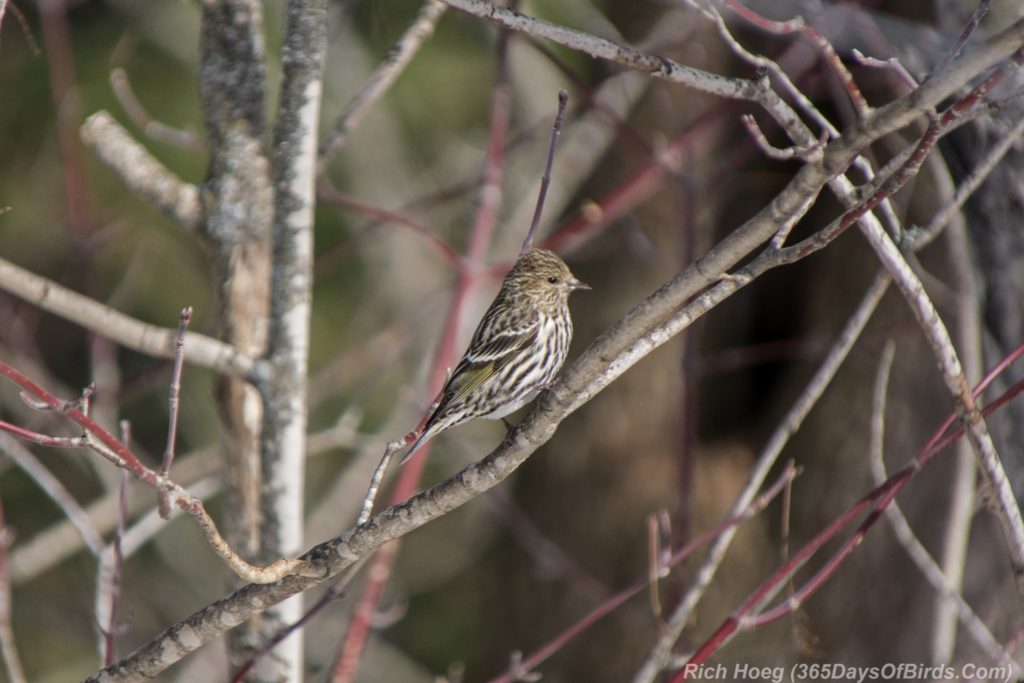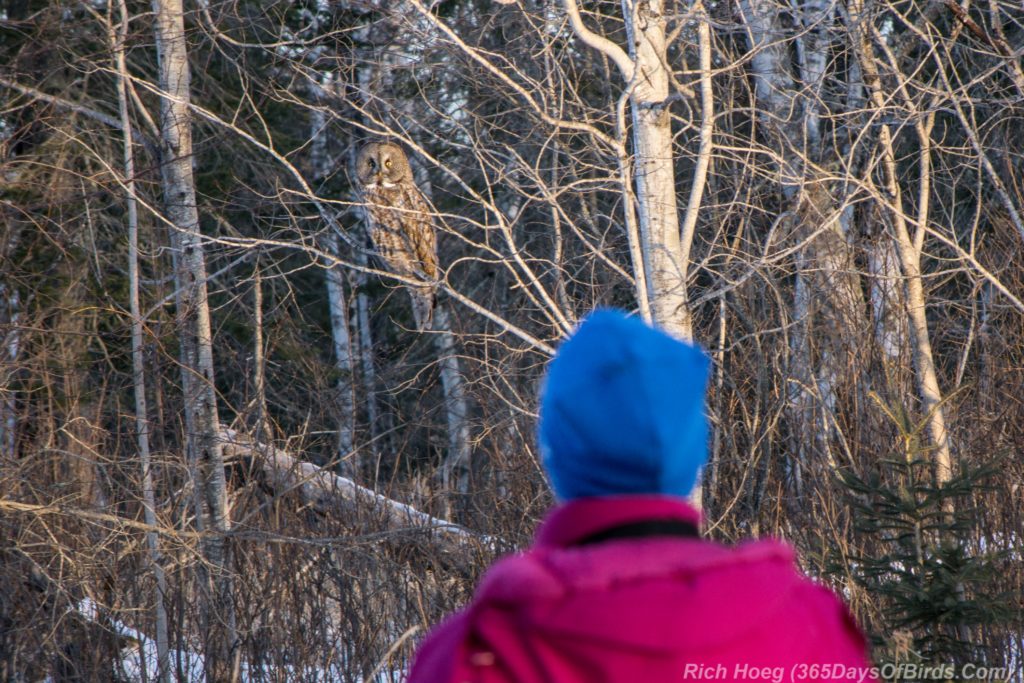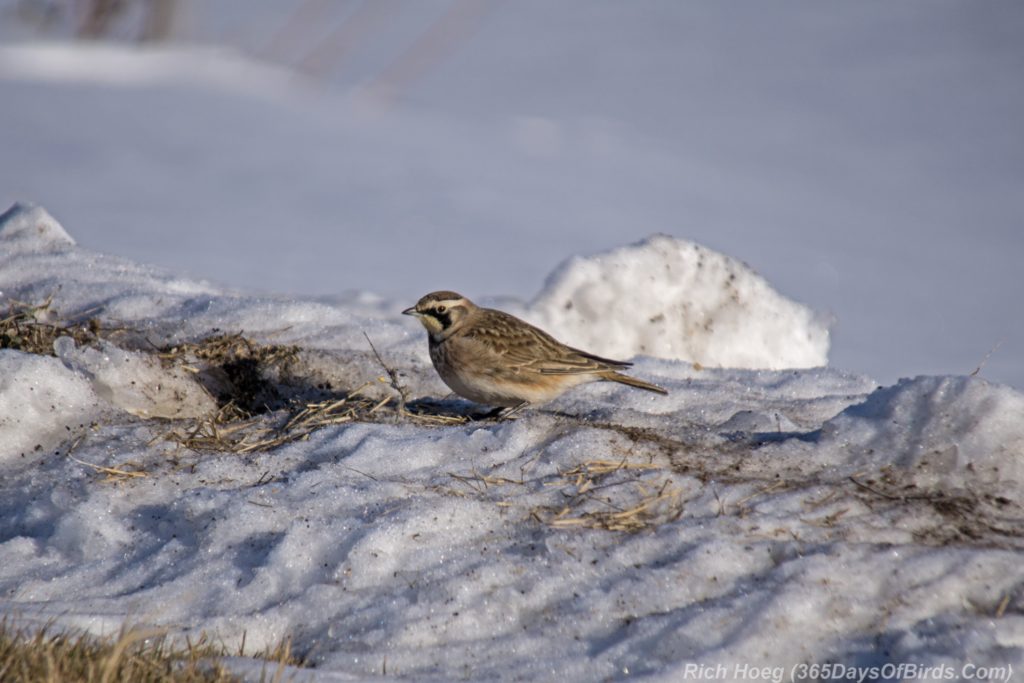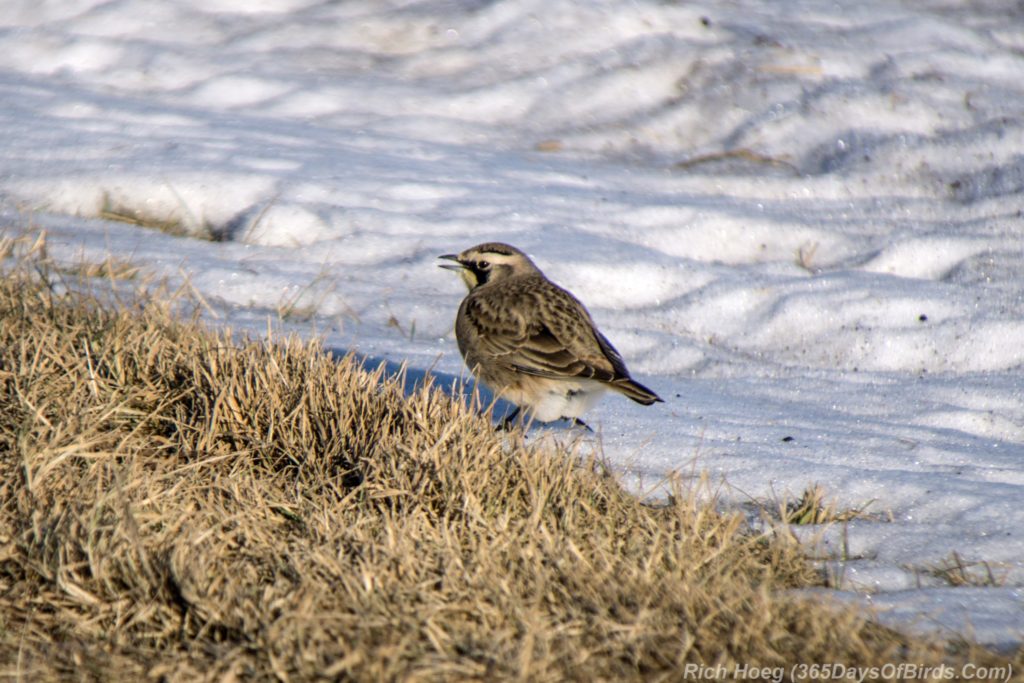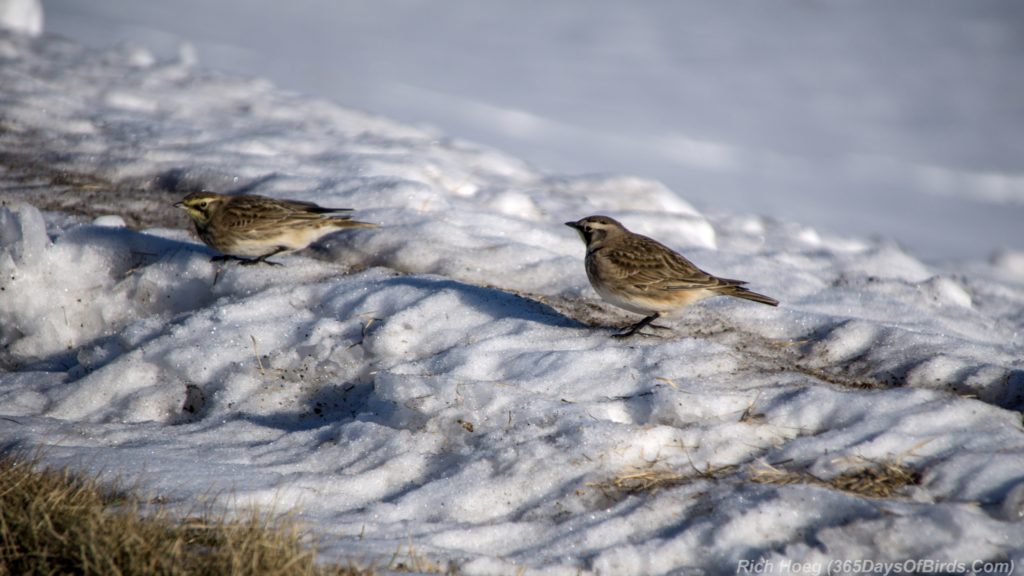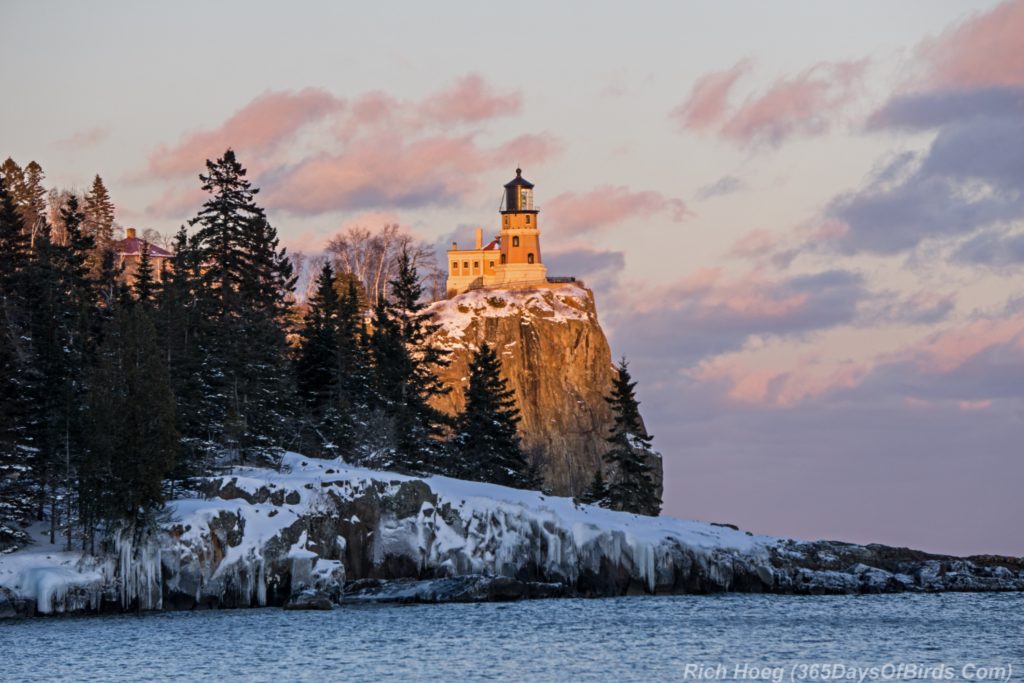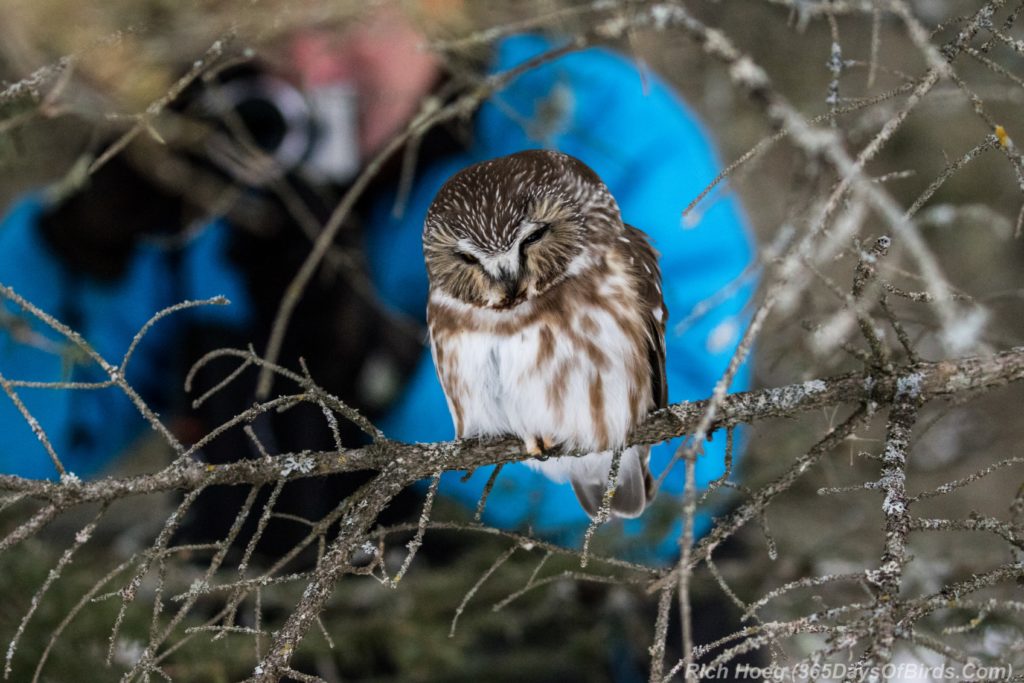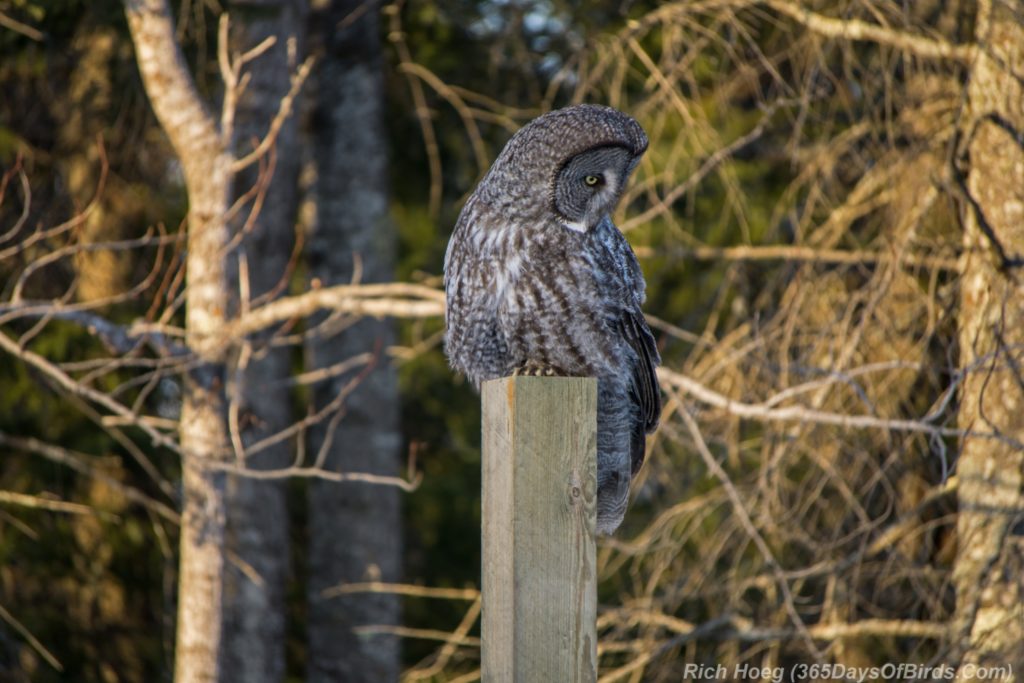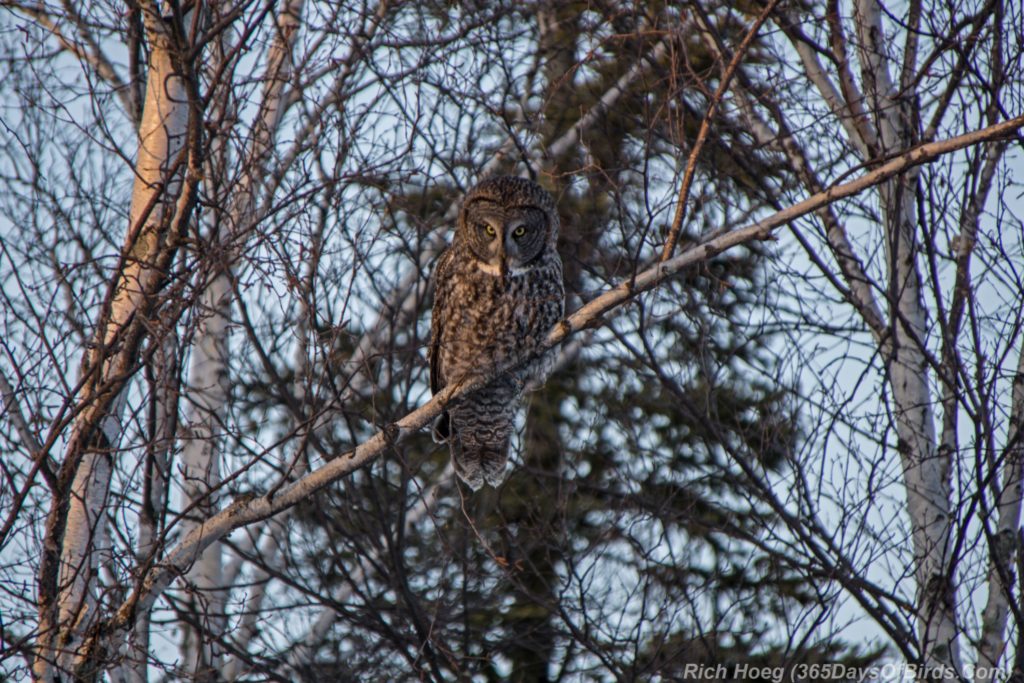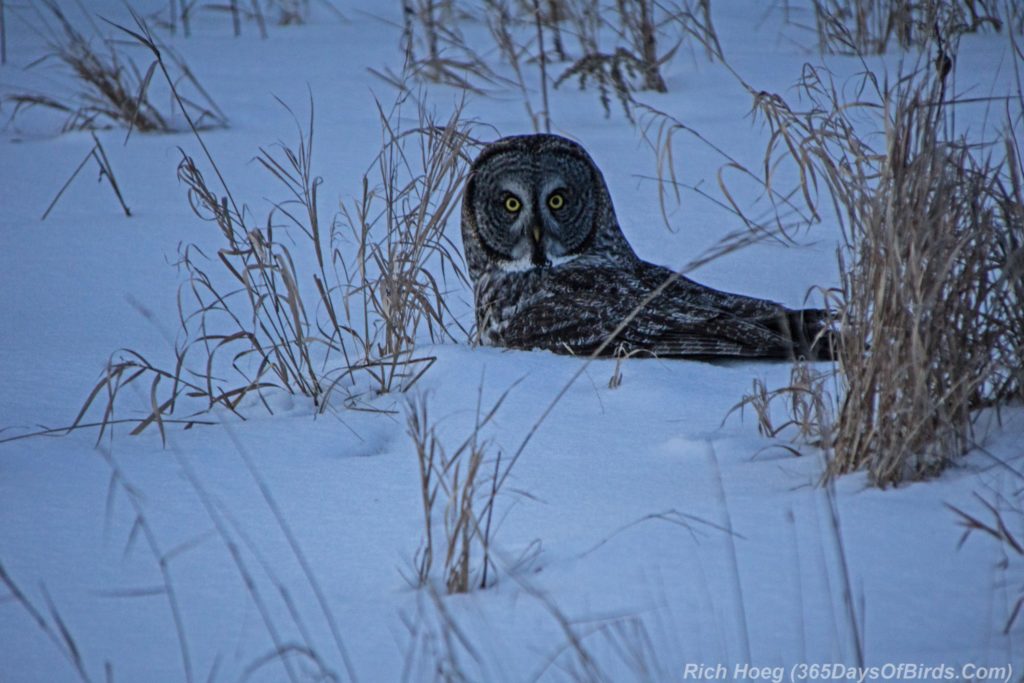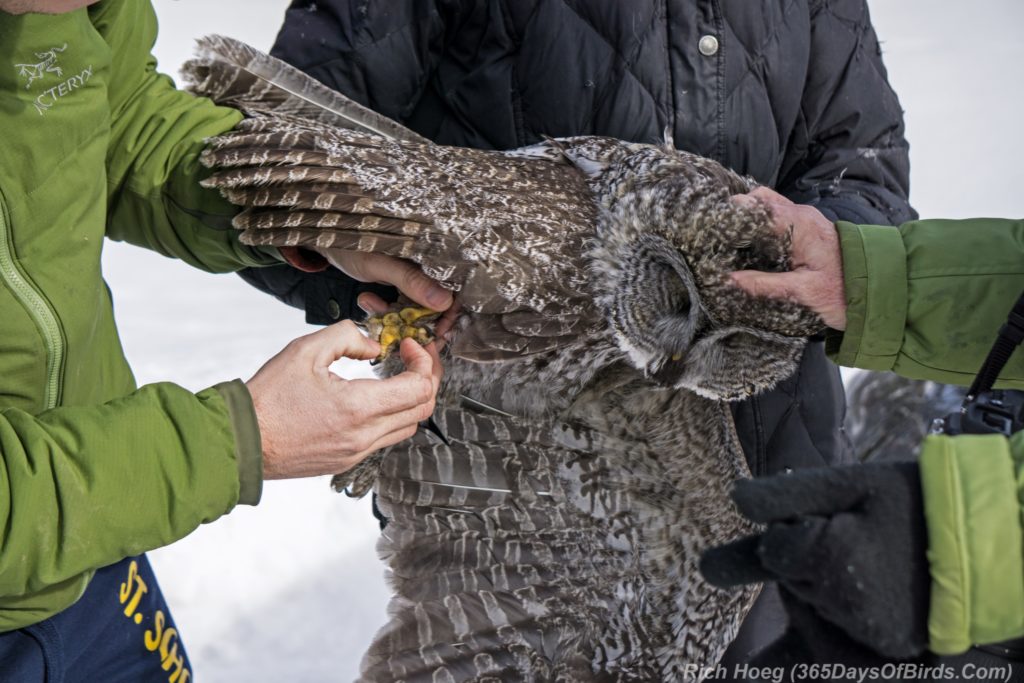Quick! Grab your lens with the longest reach, zoom in and take a bird photograph! How many of you, myself included, have this viewpoint when it comes to birding photography? While I understand this philosophy, quite often “less is often more” in bird photography. Your goal should not be to always get the closest view for an image. A good landscape photographer understands that composing the shot is as important as the physical land being captured in an image.
Put another way, if possible every picture should tell a story. Over the past two days I have arrived on my “owling grounds” 20 minutes before sunrise. Here are two sequence of photos which tell different stories. In each case the second image is the “traditional” birding photograph. Which photo is better? Neither! Photography is art. Don’t get stuck in a rut of always taking the “zoomed in” photograph.
Sunrise Over the North Woods (not zoomed in 100% in order that more trees are captured in the background reflecting dawn’s early light)
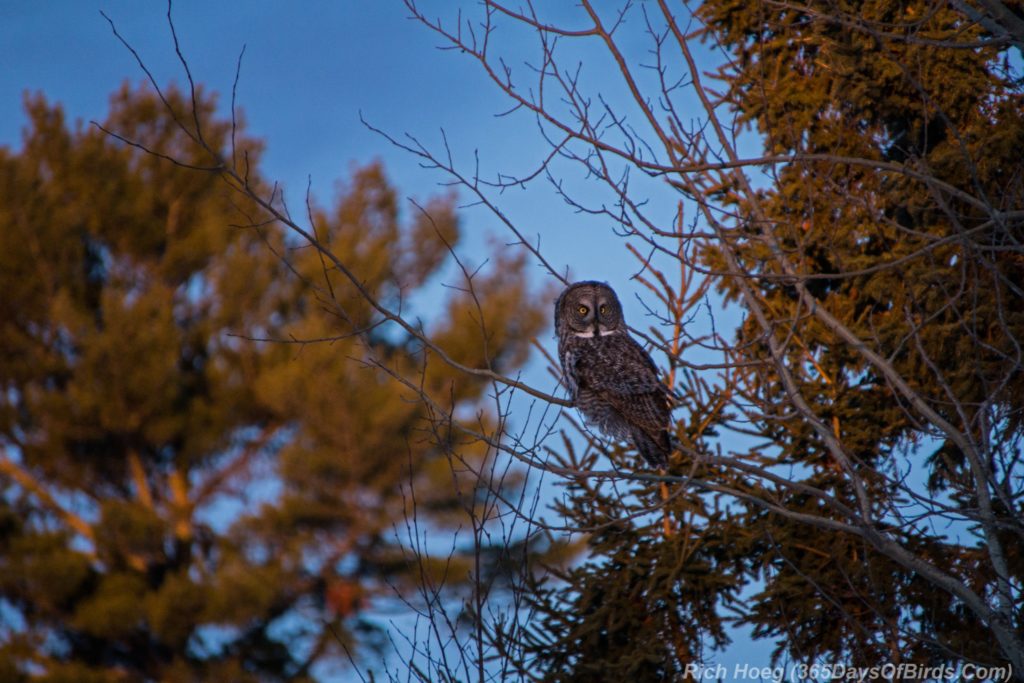
Great Gray Owl at Dawn (zoomed in as much as possible to get my birding photograph)
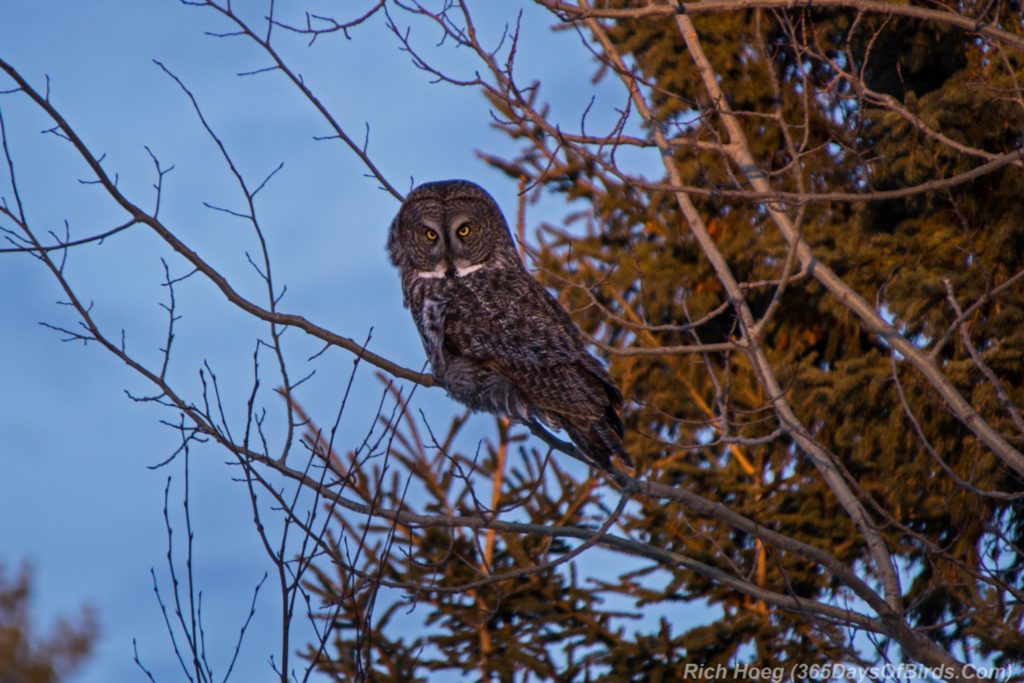
Great Gray Owl at Dawn (zoomed in as much as possible to get my birding photograph)
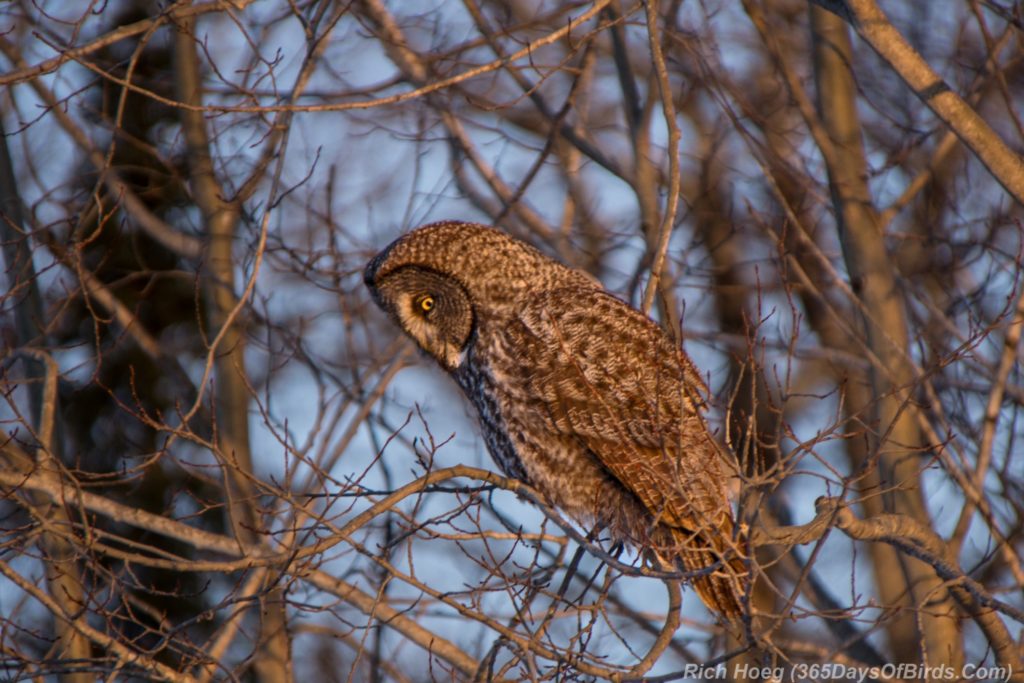
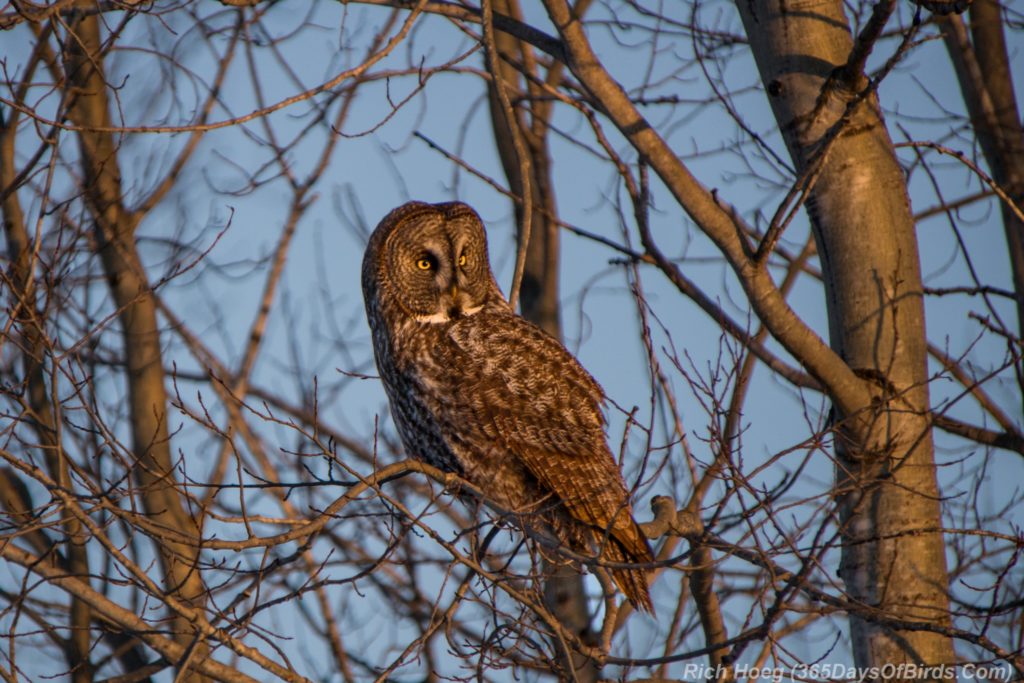
Finally, Pine Siskins greeted me when I returned home from birding this morning. A few winter finches are beginning their long trek back north.
